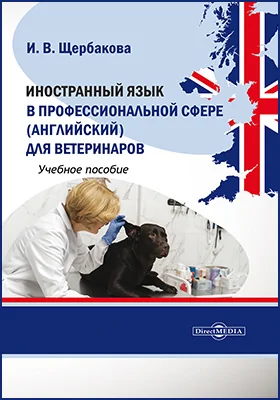Иностранный язык в профессиональной сфере (английский) для ветеринаров
Место издания: Москва
ISBN: 978-5-4499-4072-8
Страниц: 64
Артикул: 105299
Возрастная маркировка: 16+
Краткая аннотация книги "Иностранный язык в профессиональной сфере (английский) для ветеринаров"
Содержит теоретический материал для реферирования и упражнения, включает практические работы по реферированию статей, взятых из аутентичных источников и изданий. Учебное пособие рассчитано на обучающихся первого и второго курса уровня бакалавриата, специалитета, изучающих английский язык в профессиональной сфере. Раскрывает специфику содержания учебной дисциплины «Иностранный язык в профессиональной сфере (английский)».
Содержание книги "Иностранный язык в профессиональной сфере (английский) для ветеринаров"
Предисловие
Part 1. Реферирование статьи на английском языке
Практические упражнения
Article 1. «Relentless calls and constant abuse»: why britain’s vets are in crisis
Article 2. Nearly 70% of veterinarians have lost a colleague or peer to suicide, study finds
Article 3. How training dogs to chase bears might just save a grizzly or two
Article 4. What’s the difference between a baby and a puppy? I know how to behave when friends get a baby
Article 5. Family of uk woman who lost finger in dog attack critical of police response
Article 6. Tenants and shelters in england hail bill allowing private renters to keep pets
Article 7. Dog rescued after scaling england’s highest mountain
Article 8. «This is a real moment»: netflix series cements rise of welsh language drama
Article 9. Elton john review — cheers, tears and a stairlift to heaven
Article 10. «we did top of the pops with a track made in our kitchen»: how speed garage revved up club culture
Article 11. Jackdaws ditch friends to gain food but stick with family, study finds
Article 12. There are so many feral cats in this country right now they outnumber ministerial photo ops!
Article 13. Suella braverman pushes for ban on american bully xls after attack
Article 14. First cat in space: how a parisian stray called felicette was blasted far from earth
Article 15. Sponge v comb jellies: which was evolution’s first trailblazer
Article 16. «they have you over a barrel»: the uk pet owners facing staggering vet bills
Article 17. Social media platforms to face
Article 18. Humanised kidneys grown inside pigs for the first time
Article 19. Grizzly bear that mauled woman in july killed after breaking into montana home
Article 20. «Not scared about our life»: sailor rescued from catamaran reveals he had been attacked by sharks before
Article 22. Biscuit the 100-year-old tortoise reunited with us owner after canal rescue
Part 2. Тексты для чтения и перевода
Практические упражнения
Text 1
Text 2
Text 3
Text 4
Text 5
Text 6
Text 7
Text 8
Text 9
Text 10
Text 11
Text 12
Text 13
Text 14
Text 15
Text 16
Text 17
Text 18
Text 19
Text 20
Memo
Все отзывы о книге Иностранный язык в профессиональной сфере (английский) для ветеринаров
Отрывок из книги Иностранный язык в профессиональной сфере (английский) для ветеринаров
“The bears very quickly learned that was not that scary and that nothing bad hap-pened”, — Reich says. In 2001, the wildlife department started employing Karelian bear dogs. Now, when a problem bear ventures too close, Reich and her colleagues catch the animal. Then, when the bear is released, the dogs chase it away in a brief pursuit. “For the bear, it is a really bad experience”, — Reich says. Bears are naturally wary of canids as coyotes and wolves can kill their cubs. “The dogs have a body language, an animal-to-animal conversation that speaks much stronger to the bear than I can”, — Reich says. The lesson taught by the dogs is one that the bears seem to remember. A study of black bears in the Tahoe Basin led by Mario Klip, environmental scientist at the California Department of Fish and Wildlife, found that bears that had encoun-ters with Karelian bear dogs became more nocturnal, were less active in winter, and spent less time in urban areas. “The dogs make me a better biologist because they allow me to keep bears in the landscape as long as I possibly can, rather than having to kill and remove them”, — Reich says. With their keen sense of smell, bear dogs can also detect the presence of a bear early, allowing wildlife managers to take preventive measures while staying safe. “They allow me to do things with bears that I couldn’t do as a single human”, — Reich says. — “We have bears that den under homes. It feels a lot better crawling under these buildings with the dogs to help flush that bear out than me alone.” Ultimately, while the dogs can help save a bear’s life, humans must also do their part by securing garbage in bear-resistant containers or installing electric fences. At the Wind River Bear Institute, Hunt places an emphasis on “bear shepherd-ing”.
С книгой "Иностранный язык в профессиональной сфере (английский) для ветеринаров" читают









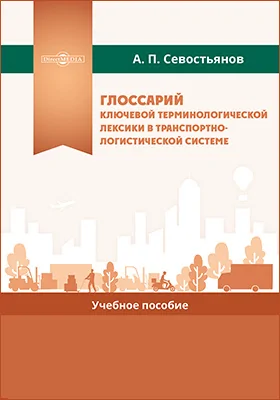
Бестселлеры нон-фикшн




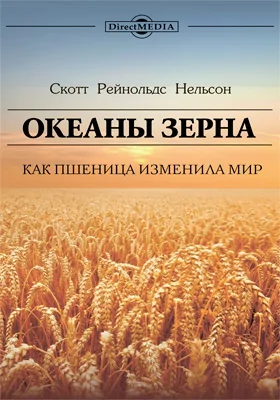




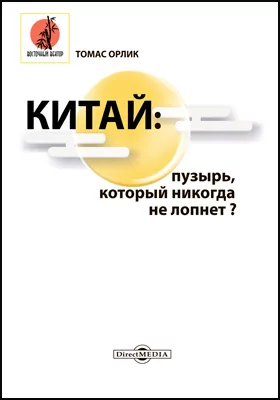



Новинки книги нон-фикшн



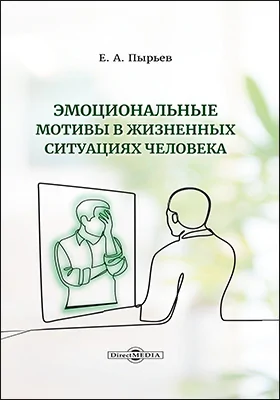









Щербакова И. В. другие книги автора



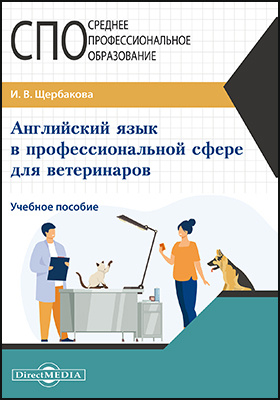

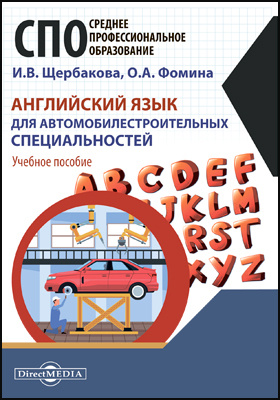

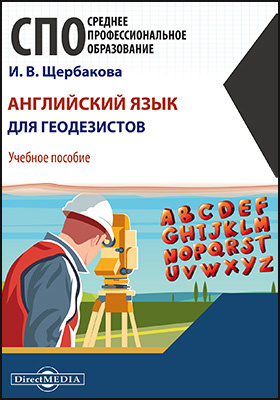








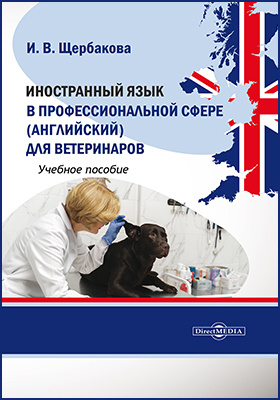


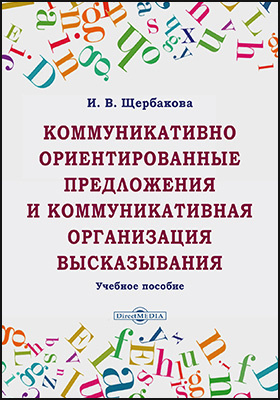




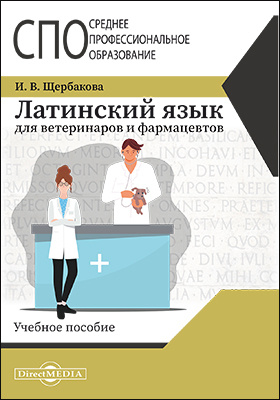

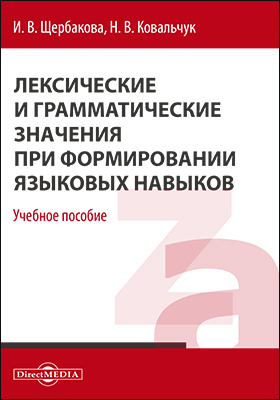


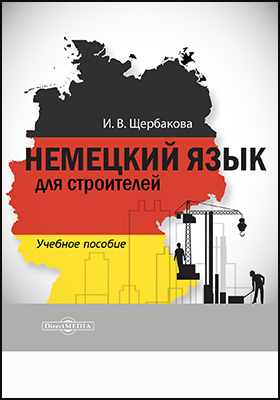




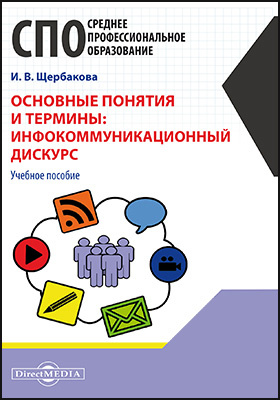









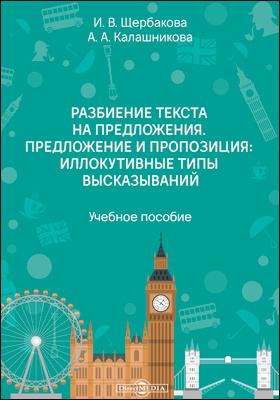
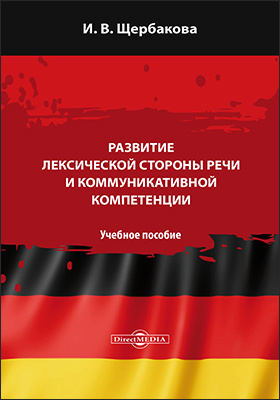
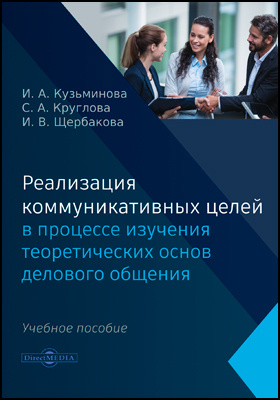

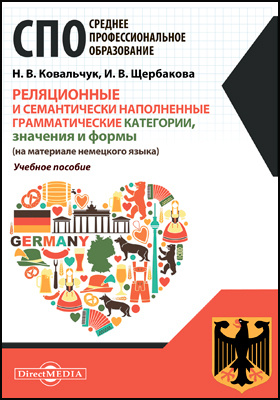

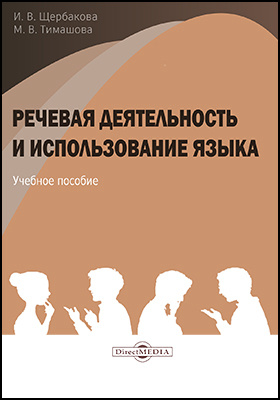


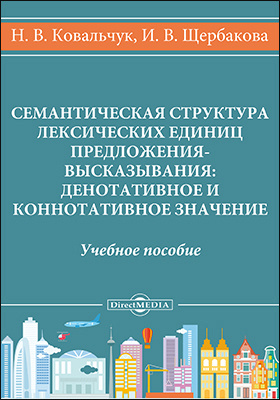




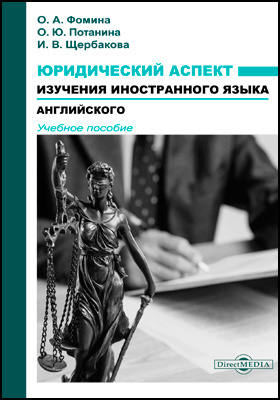
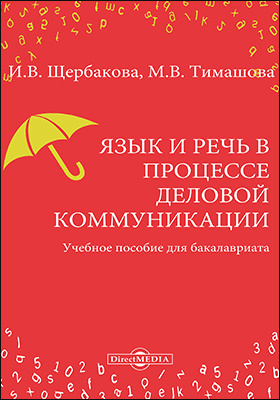
и мы свяжемся с вами в течение 15 минут
за оставленную заявку

